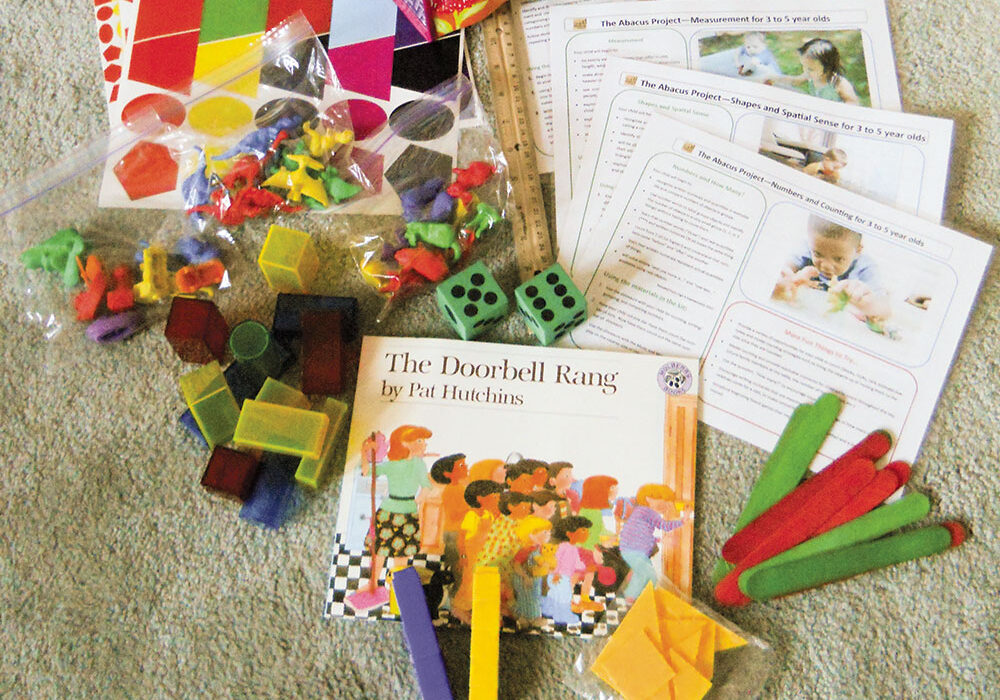Sometimes children are born with challenges indicating they will require interventions to reach their potential. Others meet expected developmental milestones as babies, but begin showing behaviors during their toddler and preschool years that send up red flags to parents and pediatricians.
Some children appear to do well as babies, toddlers, and preschoolers, and only after entering formal schooling do they begin exhibiting symptoms indicating that specific educational programming, in addition to or instead of the regular classroom curriculum, may be required to help them reach their potential.
Then there are also children who don’t show obvious signs of a specific disability, yet don’t learn like the majority of students … they simply don’t match with the educational system the way it’s currently set up. These children seem to be good at everything but school, and just like those with more serious conditions, they have the right to appropriate educational modifications needed for their school success.
Public Law 94-142 provides that all children have the right to learn to the degree their potential allows. The law says “All states must develop and implement policies that assure a free appropriate public education (FAPE) to all children with disabilities.”
When a child isn’t achieving as well as expected, parents tend to feel frustrated, sad and confused. Often they don’t know what to do and may blame themselves, their child or the school. Blame helps no one. Instead, parents can take proactive steps that lead to educational success: “Parents have so much power to influence the education of their children, but only if they take the time and make the effort to go to the school and talk with the teachers,” says Darbie Andrews, teacher and counselor at Salisbury High School in Red Bluff.
The first step in handling a concern is requesting a meeting with the child’s classroom teacher. Parents must come prepared with questions about their child’s progress, and ask what is being done to address educational needs. The teacher might assure parents that children mature and learn at different rates, and that their child falls within norms for the grade level. She will note the specific parental worries, and keep track of the student’s growth. If the parents are not satisfied, or if the teacher, too, has concerns, a second step is taken: a Student Study Team (SST) meeting.
Usually parents, the teacher, a school psychologist and an administrator attend the SST. A speech therapist and special education teacher could be included. The student participates if he is old enough to understand and contribute to the discussion. The SST is an opportunity for everyone involved in the child’s daily school life to state the child’s strengths along with areas of concern. The meeting culminates with the creation of a time-limited intervention plan, usually six to eight weeks. The plan may be as minor as keeping a daily reading log and ongoing home/school communication, or as major as a change in the child’s programming. Selected home/school team members monitor student growth.
At the end of the arranged time, a second meeting is called to evaluate improvement. If progress was made, the modifications remain in place, and it is hoped growth will continue. If the plan has not resulted in greater success, a third step is recommended.
The third step includes one or more formal evaluations done by the school psychologist, speech pathologist or a special education teacher. The results of the evaluations determine whether a child qualifies for special services or accommodations. Children with physical or medical conditions that interfere with classroom success, such as poor vision, poor hearing or diabetes, for example, might be placed on a 504 plan. This plan spells out modifications and accommodations in the child’s physical environment needed for the child to perform at the same level as his peers. This could include large-font books, sitting nearer the center of teaching, or receiving medication during the day.
If formal evaluations indicate a learning disability or speech impairment, for instance, special services may be recommended. In this case, the home/school team develops an Individual Education Plan (IEP) that describes in detail the education program designed to meet the child’s unique needs. This document states objectives and goals, and benchmarks for reaching the goals. The home/school team reviews the IEP annually, and new or modified goals are set. A complete formal evaluation is redone every three years.
The amount of information parents receive at SST or IEP meetings can feel overwhelming. When they sign the legally binding 504 Plan or IEP, they may wonder if they’re doing the right thing. They are encouraged to ask questions during or following these meetings so that everyone understands what has been agreed on. “Parents have to keep open lines of communication with the teachers and seek information on a regular basis,” says Andrews. Only through everyone’s commitment to the child’s education program can the child be successful.
School is a child’s job. When children are not successful in school, they don’t feel good about themselves. They may show physical symptoms associated with stress, or not want to attend school. Their relationships with peers can suffer. They might adopt coping or attention-seeking behaviors, such as becoming the class clown, making obnoxious remarks in class, or failing to do their assignments.
Everyone involved with children should be aware of each child’s individual needs, to help them become successful and not fall into maladaptive behaviors. It takes time and effort on the part of parents and teachers. With home and school working together to provide appropriate education, children have the opportunity to successfully learn to the best of their potential and have a productive future.
Comment Policy: All viewpoints are welcome, but comments should remain relevant. Personal attacks, profanity, and aggressive behavior are not allowed. No spam, advertising, or promoting of products/services. Please, only use your real name and limit the amount of links submitted in your comment.
You Might Also Like...

New-Puppy Success – Suggestions for Navigating the First Days
Nothing makes a house feel like a home and bonds a family together better than a scampering young bundle of fur, grrrs and face-licks. But let’s keep things real, folks. […]

Homeschooling Your Children: The Many Approaches and Benefits
Homeschooling is, in its simplest definition, educating a child outside the boundaries of a formal school. It typically means that parents take responsibility for their child’s education. Many people are […]

When Gratitude Feels Hard – A Letter to the Parent Who Is Struggling
Friend, Recently, I stood on the front steps wishing I didn’t have to ring the doorbell. Standing here was enough to make me feel small, less than, not good enough. […]
Fun Educational Websites You Won’t Want Your Kids to Miss: Websites That Take the Work Out of Learning
Limiting the time kids spend on the computer in this digital era can be a daunting task. But there are plenty of fun educational sites kids will love that make […]




